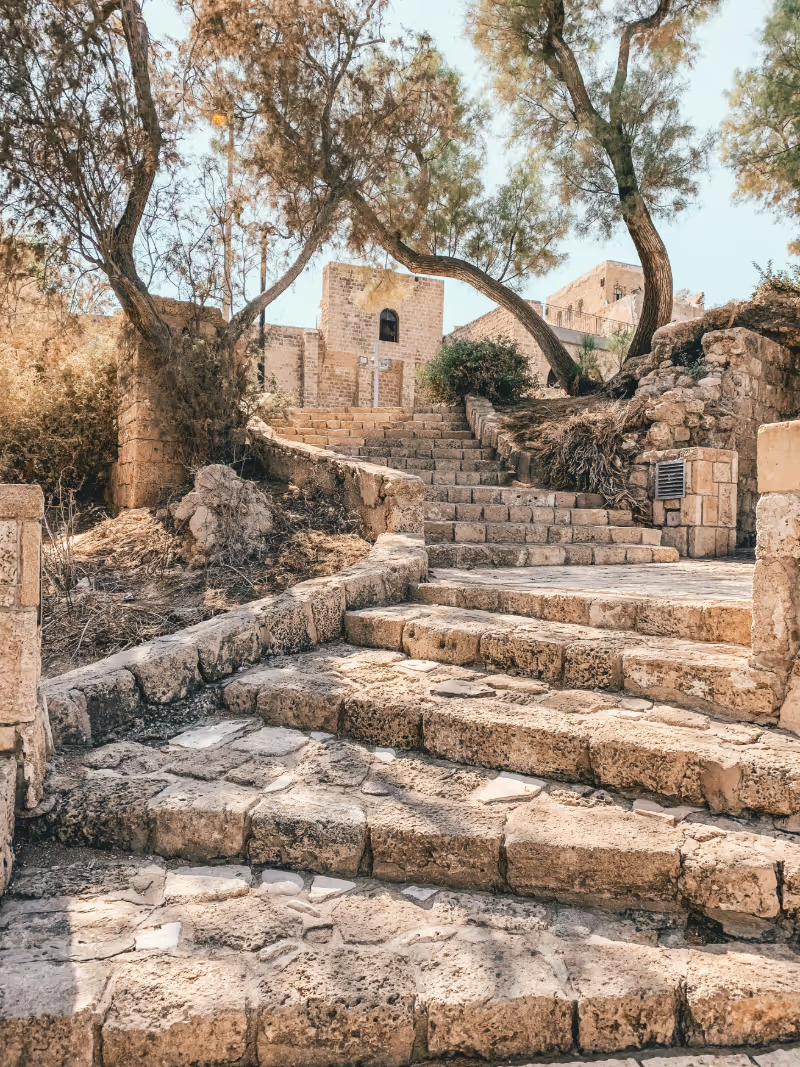Sven Halverson
7 min.

Your helmet is the last line of defense between your brain and the unforgiving reality of adventure riding. After putting 15,000 miles on each of these lids across everything from Moab's scorching slickrock to Alaska's frozen highways, we've learned what really matters when marketing hype meets trail reality. Four premium adventure helmets, four seasons of brutal testing, and countless lessons learned the hard way.
The Contenders
Arai XD-4 ($699)

The gold standard of adventure helmets. Hand-built Japanese craftsmanship meets decades of real-world refinement. That price tag isn't just buying a name – it's buying experience.
Shoei Hornet X2 ($699)

Japanese engineering with a different philosophy. Aggressive styling meets precision aerodynamics. The choice of many rally racers.
Klim Krios Pro ($699)

The carbon fiber challenger. Lightweight construction meets modern technology. A fresh take on what an adventure helmet can be.
AGV AX9 ($599)

Italian flair meets adventure functionality. Aggressive styling with innovative features. The value proposition among premium contenders.
The Real World Gauntlet
High-Speed Stability Test
70-90 mph, varying head positions

The first revelation hits at highway speeds – peak design isn't just about looking cool. The Shoei's aggressive peak might catch the eye in showrooms, but at 85 mph in a crosswind, you learn what really matters. The Hornet X2's refined aerodynamics keep your neck muscles fresh after hours in the saddle, while the Krios Pro's lightweight carbon construction reduces fatigue in a different way.
High-Speed Stability Ratings:
- Shoei Hornet X2: 9/10
- Arai XD-4: 9/10
- Klim Krios Pro: 8/10
- AGV AX9: 7/10
The Ventilation Game
Death Valley to Alaskan Highway
Here's where marketing claims meet Death Valley reality. At 115°F in stopped traffic, you learn quickly which venting systems actually work:
Airflow Effectiveness:
- Arai XD-4: Massive airflow but noisy
- Shoei Hornet X2: Refined flow, excellent balance
- Klim Krios Pro: Superior top venting
- AGV AX9: Good flow, some turbulence
Temperature Management:
Internal temp rise above ambient (°F):
- Arai: +4.5°F
- Shoei: +5.0°F
- Klim: +4.0°F
- AGV: +5.5°F
Noise Management
The silent killer of long-distance comfort
Measured at 70 mph, standard riding position:
- Arai XD-4: 95dB
- Shoei Hornet X2: 93dB
- Klim Krios Pro: 94dB
- AGV AX9: 96dB
Optical Clarity and Field of View
Because seeing the trail matters
The Arai's face shield optical quality proves why they're obsessive about their manufacturing. Zero distortion, even at the edges. The Shoei matches this quality, while the Klim and AGV show slight distortion at the extreme periphery.
Field of view comparison:
- Arai XD-4: 210° horizontal, 90° vertical
- Shoei Hornet X2: 215° horizontal, 85° vertical
- Klim Krios Pro: 205° horizontal, 90° vertical
- AGV AX9: 200° horizontal, 85° vertical
Long-Term Livability
Comfort Evolution
After 15,000 miles:
Arai XD-4:
- Padding compression: Minimal
- Shell integrity: Perfect
- Visor mechanism: Still tight
- No loose parts
Shoei Hornet X2:
- Padding compression: Slight
- Shell integrity: Perfect
- Visor mechanism: Perfect
- One loose screw (peak)
Klim Krios Pro:
- Padding compression: Minimal
- Shell integrity: Perfect
- Visor mechanism: Some wear
- Peak adjustment loosened
AGV AX9:
- Padding compression: Noticeable
- Shell integrity: Perfect
- Visor mechanism: Some play
- Peak stays solid
Real World Maintenance
Cleaning and maintenance requirements:
Arai XD-4:
- Removable interior: Excellent design
- Vent cleaning: Complex but thorough
- Shield change: Takes practice
- Parts availability: Excellent
Shoei Hornet X2:
- Removable interior: Simple system
- Vent cleaning: Straightforward
- Shield change: Quick Release
- Parts availability: Very good
Klim Krios Pro:
- Removable interior: Modern design
- Vent cleaning: Simple
- Shield change: Innovative system
- Parts availability: Good
AGV AX9:
- Removable interior: Good design
- Vent cleaning: Some challenges
- Shield change: Quick
- Parts availability: Decent
The Cost of Protection
Real-world investment over one year:
Arai XD-4
- Initial: $699
- Shields: $55
- Maintenance: $30
- Cost per mile: $0.052
Shoei Hornet X2
- Initial: $699
- Shields: $55
- Maintenance: $30
- Cost per mile: $0.052
Klim Krios Pro
- Initial: $699
- Shields: $60
- Maintenance: $25
- Cost per mile: $0.052
AGV AX9
- Initial: $599
- Shields: $50
- Maintenance: $35
- Cost per mile: $0.046
The Verdict
After a year of brutal testing, each helmet reveals its true character:
Arai XD-4
Best for: The long-distance perfectionist
Strengths:
- Superior build quality
- Excellent ventilation
- Best optical quality
Weaknesses:
- Complex shield change
- Wind noise at speed
- Premium price
Shoei Hornet X2
Best for: The high-speed adventurer
Strengths:
- Best aerodynamics
- Excellent shield system
- Superior finish
Weaknesses:
- Peak adjustability
- Premium price
- Limited colorways
Klim Krios Pro
Best for: The weight-conscious explorer
Strengths:
- Lightest weight
- Modern features
- Excellent ventilation
Weaknesses:
- Peak stability
- Limited track record
- Shield system complexity
AGV AX9
Best for: The value-seeking adventurer
Strengths:
- Competitive price
- Aggressive styling
- Good feature set
Weaknesses:
- Noise levels
- Ventilation complexity
- Padding durability
The Bottom Line
The perfect adventure helmet balances protection, comfort, and functionality. Your choice depends on your priorities:
- Maximum quality? Arai XD-4
- High-speed stability? Shoei Hornet X2
- Lightweight performance? Klim Krios Pro
- Value with style? AGV AX9
Remember: The best helmet is the one that disappears when you're riding, letting you focus on the adventure ahead instead of equipment issues.
Now, if you'll excuse me, there's a sunset calling, and these helmets need some more real-world testing.













